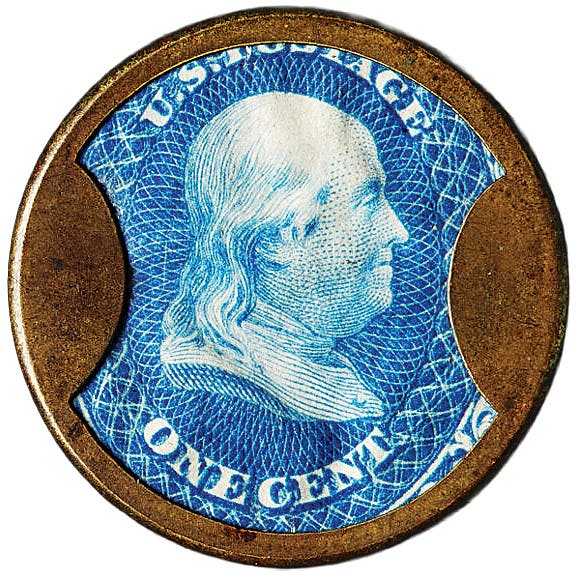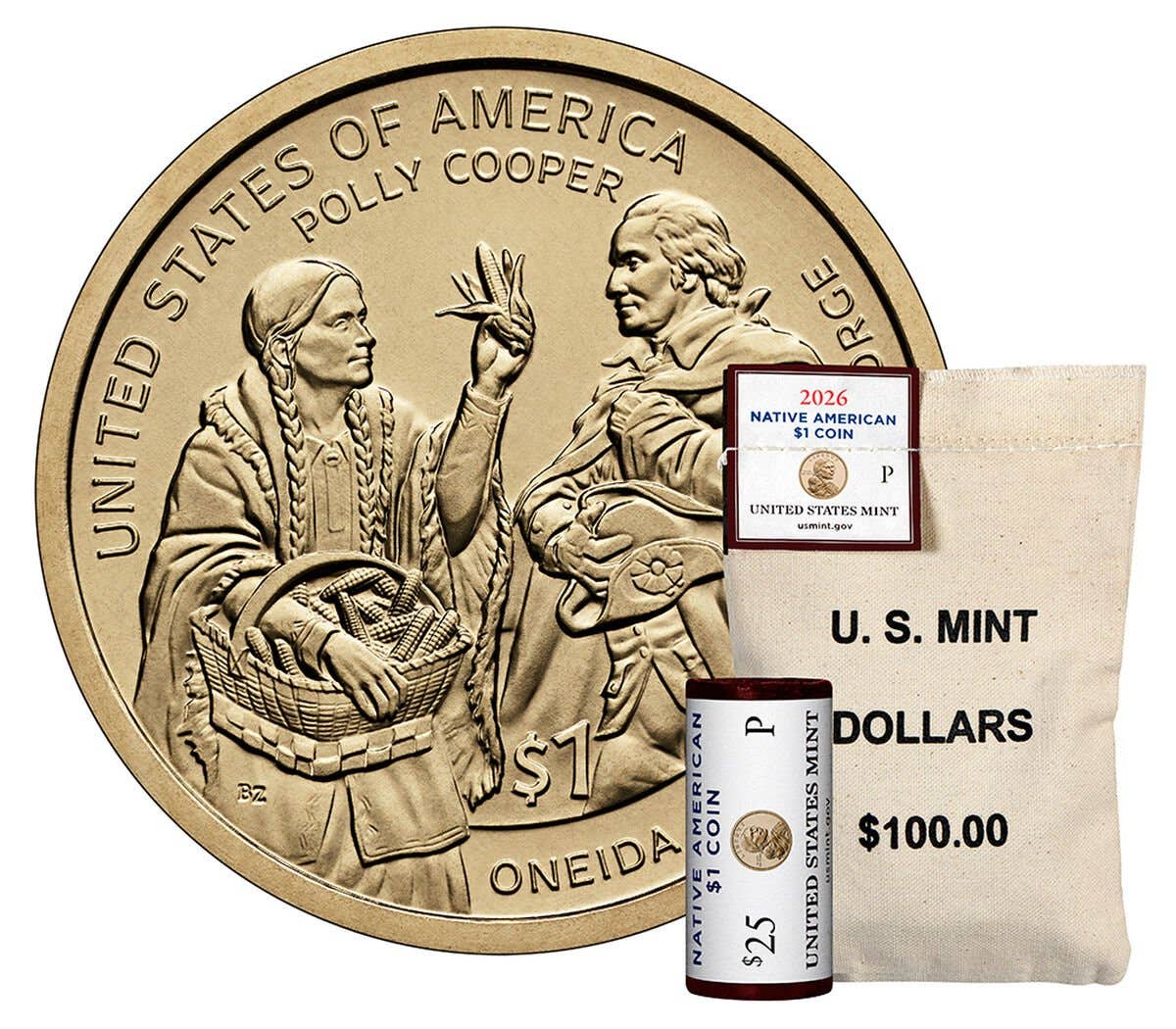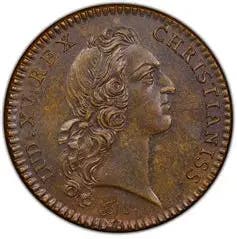Veiwpoint: Register owners of 1933 $20 gold coins
In response to the editorial piece by Stan Kijek on the subject of the 1933 $20 gold coins, I respectfully disagree. These historic pieces should not be lost to the hobby, or history. A better solution would be for the government to stop being so intransigent, and recognize that times have changed. Unlike the period from 1933 into the 1950s, when many of these coins were seized and melted, gold is now legal to own.
In response to the editorial piece by Stan Kijek on the subject of the 1933 $20 gold coins, I respectfully disagree. These historic pieces should not be lost to the hobby, or history.
A better solution would be for the government to stop being so intransigent, and recognize that times have changed. Unlike the period from 1933 into the 1950s, when many of these coins were seized and melted, gold is now legal to own. What they should do is issue a modified amnesty for all heretofore prohibited 1933 coins in private hands, including the Langbords’ coins, even though the case was recently resolved in court.
All persons possessing the coins should be told that they have 90 days to have the coins returned to, and registered with, the U.S. government. Since the official price of gold held by the U.S. Treasury is still $42.22 per ounce, each coin can continue to be “owned” by the individual registrants upon payment of a $42.22 issuance price. The now registered owners could then be given the option of auctioning the coins, or having the coins reside in a museum of their choice, with concordance of the U.S. government. The coins could later be sold by the owner, or their estate, at a point of their choosing, however, there will be some important strings attached.
The government would retain a first lien interest on each of the coins, pending an auction at the registered owner’s discretion. The U.S. government will receive an amount equal to what they received from the auction of the Farouk specimen, the only coin released to the public to date.
During the holding period by any museum, the museums in question would be responsible to the government for security over the coins, with the government signing off on conditions for any transport to other sites for display or eventual auction by the owners. Should the number of coins that become available in this manner cause the average appraisal or auction price to drop below the $7.59 million sale price of the Farouk coin, owners and their heirs could continue to retain the coins in their respective museums, until prices appreciated to higher levels.
In the event that the eventual auction price exceeds the $7.59 million auction value of the Farouk specimen, the government and the owner would share in the excess profit, each receiving 50 percent. In the event a piece is auctioned for less than the $7.59 million sales price of the Farouk specimen, the government would receive the auction price, excluding the auctioneer’s fee, less the market value of the gold in the coin, a small concession to the registered owner. No lien by the government would be retained in coins thus auctioned, and at that point they could be privately owned without museum or government involvement or control.
Should an owner die prior to auction of their coin or coins, the value to the estate would be the appraised price, less the lien amount due to the government. In many cases, this would likely involve nothing being added to the value of the estate, unless great appreciation has taken place, which may motivate some of the coins to come to auction as estates are being settled. Coins valued at zero to an estate would likely be left in museums until the heirs decided to sell, likely after prices rose enough to justify the sale.
These are tough conditions, and put a high burden on the current “owners” of any surviving 1933 coins, but allow these remaining coins to escape the catch-22 that exists today. There would be little incentive to sell at auction until prices appreciated above the price of the Farouk sale of 2002. It is possible that if the number of surviving coins was large enough, prices for 1933 double eagles could crash, but this outcome is unlikely.
If there were enough coins to drastically impact the price, some recompense to the current owner of the Farouk specimen would almost certainly need to be considered, and may be due in any case. Options might include having the government split a portion of the profit from future sales of other 1933 coins with the current owner of the Farouk coin, or using a third party estimate of lost value to the Farouk coin owner from having at least 10 other legal specimens in existence, plus others that surface.
The bottom line is that a registered owner is unlikely to obtain any meaningful value from holding one of these coins, unless any future sale is above the sale price of the Farouk specimen. For the foreseeable future, the government would be the biggest beneficiary of this solution, and at a time of rampant deficits, this would seem to be a constructive outcome, much better than what exists today. It would be hard for prices to come down rapidly, as it would not be in the interest of a registered owner to sell at or below the price of the Farouk coin, since little would be gained. Thus, the market value would be most impacted by the number of coins that freely traded once the first auction under this program had occurred.
This Viewpoint was written by Jim Marseille, a hobbyist from Woodridge, Ill. Viewpoint is a forum for the expression of opinion on a variety of numismatic subjects. The opinions expressed here are not necessarily those of Numismatic News.To have your opinion considered for Viewpoint, write to David C. Harper, Editor, Numismatic News, 700 E. State St., Iola, WI 54990. Send email to david.harper@fwmedia.com.
More Coin Collecting Resources:
• Subscribe to our Coin Price Guide, buy Coin Books & Coin Folders and join the NumisMaster VIP Program









